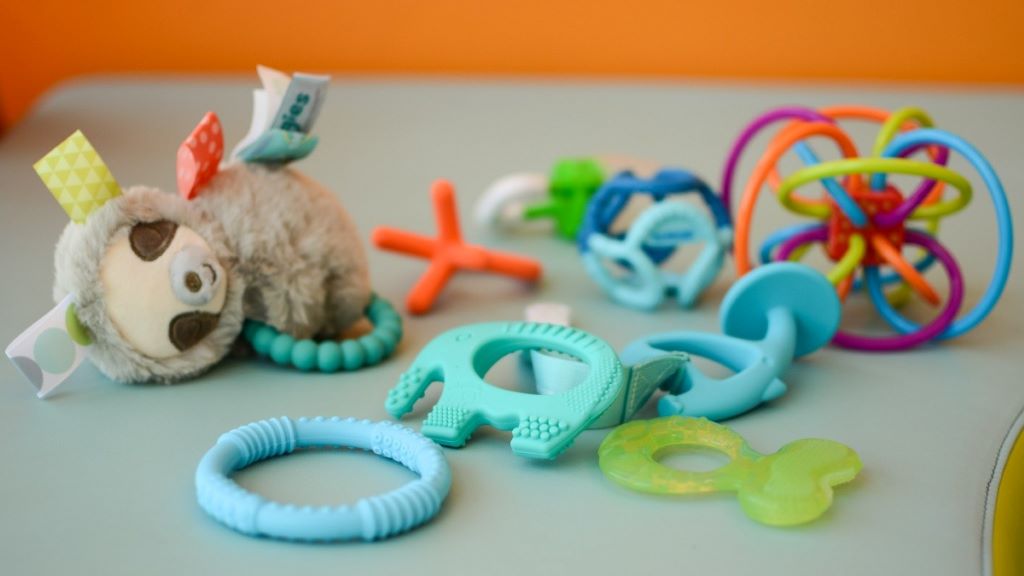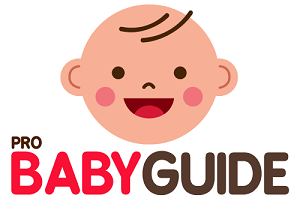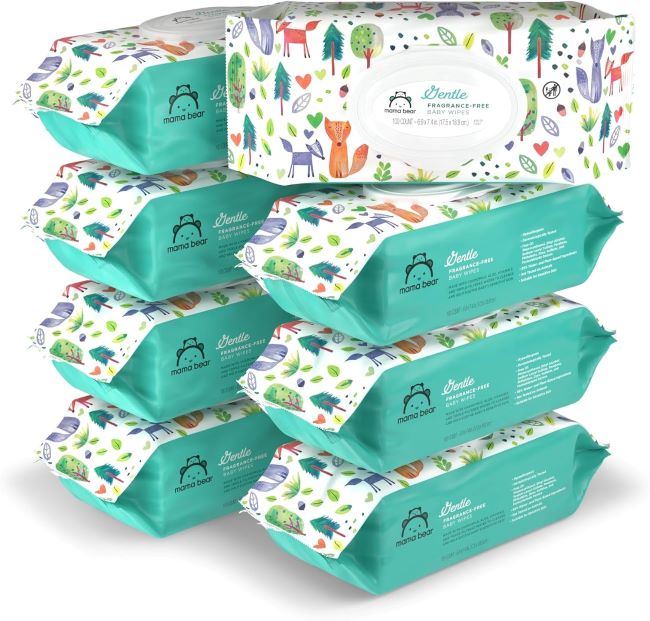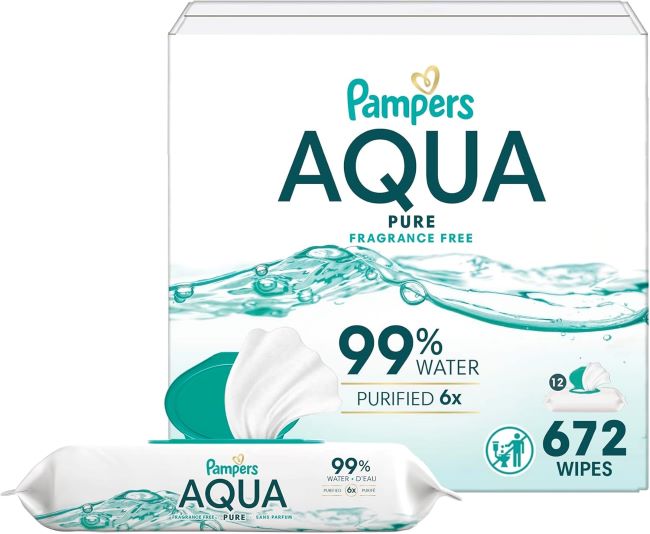Introduction: Why Baby Teething Toys Are a Must-Have for Every Parent
Teething is one of the most challenging phases of early parenthood. As your baby’s first teeth start to emerge, they may experience discomfort, irritability, and even sleepless nights. This is where baby teething toys come into play. These little tools are more than just colorful objects—they are lifesavers for both babies and parents alike. According to a study published in Pediatrics , approximately 70% of infants show signs of discomfort during teething, making it crucial to find safe and effective solutions.
In this comprehensive guide, we’ll explore everything you need to know about baby teething toys—from their benefits and types to safety considerations and expert recommendations. Whether you’re a first-time parent or a seasoned caregiver, this article will equip you with actionable insights to make informed decisions for your little one’s comfort and well-being.
Understanding Teething: What Parents Need to Know
Before diving into the world of baby teething toys, it’s essential to understand what teething entails. Teething typically begins between 4 and 7 months of age, though some babies may start earlier or later. The process can last until your child is about 2.5 to 3 years old as all 20 primary teeth erupt.
Signs and Symptoms of Teething
While every baby is different, common signs of teething include drooling, chewing on objects, irritability, swollen gums, and mild fever. However, experts caution against attributing serious symptoms like high fever or diarrhea solely to teething. A report from the American Academy of Pediatrics (AAP) highlights that these symptoms often indicate other underlying conditions requiring medical attention.
Why Do Babies Need Teething Toys?
Chewing is a natural response to gum discomfort caused by emerging teeth. Baby teething toys provide a safe outlet for this instinct, helping alleviate pain while preventing your baby from gnawing on unsafe items like furniture or electronics. Moreover, many teething toys are designed to stimulate sensory development, offering added benefits beyond pain relief.
Types of Baby Teething Toys: Finding the Perfect Fit

With countless options available, choosing the right teething toy can feel overwhelming. Let’s break down the most popular types to help you decide which suits your baby best.
1. Silicone Teething Toys
Silicone teething toys are among the most popular choices due to their soft, flexible texture and non-toxic properties. They are easy to clean, durable, and gentle on delicate gums. Brands like Sophie la Girafe have gained immense popularity, with over 50 million units sold worldwide since its launch in 1961.
Pros:
- BPA-free and safe for oral use
- Lightweight and portable
- Available in various shapes and designs
Cons:
- May not provide enough pressure for severe teething pain
2. Wooden Teething Toys
Wooden teething toys are eco-friendly alternatives made from natural materials. They offer a firmer texture, which some babies prefer for soothing sore gums.
Pros:
- Free from harmful chemicals
- Durable and long-lasting
- Often feature smooth finishes for added safety
Cons:
- Require regular maintenance to prevent splintering
- Not dishwasher-safe
3. Water-Filled Teething Rings
These toys contain water inside, allowing them to be chilled in the refrigerator for additional relief. The cooling sensation helps numb inflamed gums temporarily.
Pros:
- Provides dual benefits of chewing and cooling
- Easy to hold for small hands
Cons:
- Risk of leakage if punctured
- Should never be frozen, as extreme cold can harm gums
4. Textured Teethers
Textured teethers come in unique designs featuring bumps, ridges, and grooves. These textures massage gums effectively and engage sensory exploration.
Pros:
- Stimulates tactile learning
- Encourages motor skill development
Cons:
- Some babies may find certain textures uncomfortable
5. Edible Teething Toys
Edible teething toys, such as mesh feeders filled with frozen fruit, combine nutrition with pain relief. While innovative, they require close supervision.
Pros:
- Doubles as a snack option
- Natural and chemical-free
Cons:
- Potential choking hazard if not monitored properly
Safety First: How to Choose the Best Baby Teething Toys
When selecting a teething toy, safety should always be your top priority. Here’s how to ensure you pick a product that meets the highest standards:
Look for Certifications
Check for certifications like ASTM International or EN71, which guarantee compliance with global safety regulations. Avoid products labeled “BPA-free” without further verification, as misleading claims exist.
Size Matters
Choose toys large enough to prevent swallowing but small enough for tiny hands to grasp comfortably. A good rule of thumb is to avoid anything smaller than a toilet paper roll.
Material Quality
Opt for non-toxic, hypoallergenic materials like food-grade silicone or untreated wood. Avoid plastics containing phthalates, PVC, or latex unless explicitly certified safe.
Cleaning Instructions
Ensure the toy is easy to clean and sanitize regularly. Dishwasher-safe options are ideal for busy parents.
Expert Opinions: What Pediatricians Say About Baby Teething Toys
Dr. Jennifer Shu, a pediatrician and spokesperson for the AAP, emphasizes the importance of choosing age-appropriate teething toys. She advises against using amber necklaces, citing risks of strangulation and lack of scientific evidence supporting their efficacy. Similarly, Dr. William Sears, a renowned parenting expert, recommends refrigerated—not frozen—toys for optimal comfort.
A survey conducted by BabyCenter revealed that 85% of parents found teething toys helpful in managing their baby’s discomfort. However, opinions vary regarding specific brands and types, underscoring the importance of personal preference and trial-and-error.
Real-Life Solutions: Tips for Using Baby Teething Toys Effectively
To maximize the benefits of teething toys, follow these practical tips:
- Rotate Toys Regularly
Introducing variety keeps your baby engaged and prevents boredom. - Supervise Usage
Always monitor your baby when using teething toys to prevent accidents. - Clean After Each Use
Wash toys thoroughly with warm, soapy water or sanitize according to manufacturer guidelines. - Pair with Other Remedies
Combine teething toys with gentle gum massages or over-the-counter remedies recommended by your pediatrician.
Read More: 12 Baby Products That Saved Sanity in the First Six Months
FAQs: Answering Your Burning Questions About Baby Teething Toys
- At what age should I introduce teething toys?
Most babies start teething around 4-7 months, but introducing soft toys earlier won’t hurt. - Can I freeze teething toys?
No, freezing can make toys too hard and potentially damage gums. Refrigeration is sufficient. - Are amber teething necklaces safe?
Experts advise against them due to choking and strangulation risks. - How do I clean wooden teething toys?
Wipe them with a damp cloth and occasionally apply food-grade oil to maintain their finish. - What if my baby doesn’t like teething toys?
Try different textures or styles; some babies prefer alternative methods like cold washcloths. - Are edible teething toys safe?
Yes, provided you supervise closely to avoid choking hazards. - Do vibrating teething toys work?
Many parents find them effective, but results vary depending on the child. - Can I make DIY teething toys?
Homemade options like frozen bananas in mesh feeders are fine, but ensure all materials are safe and supervised. - How many teething toys does my baby need?
Having 2-3 options ensures variety and cleanliness rotation. - When should I consult a doctor about teething issues?
If your baby exhibits severe symptoms like high fever or persistent crying, seek medical advice promptly.
Conclusion: Empowering Parents Through Knowledge
Navigating the world of baby teething toys doesn’t have to be daunting. By understanding the different types, prioritizing safety, and incorporating expert advice, you can provide your little one with the comfort they need during this challenging phase. Remember, no single solution works for every baby—experimentation and observation are key.
As you embark on this journey, keep in mind that teething is temporary, but the bond you build through attentive care lasts a lifetime. Armed with this guide, you’re now ready to transform those teething woes into moments of joy and discovery.
So go ahead, grab that perfect teether, and watch your happy baby thrive!
Read More:
Top 10 Trending Humidifier For Baby of 2025




